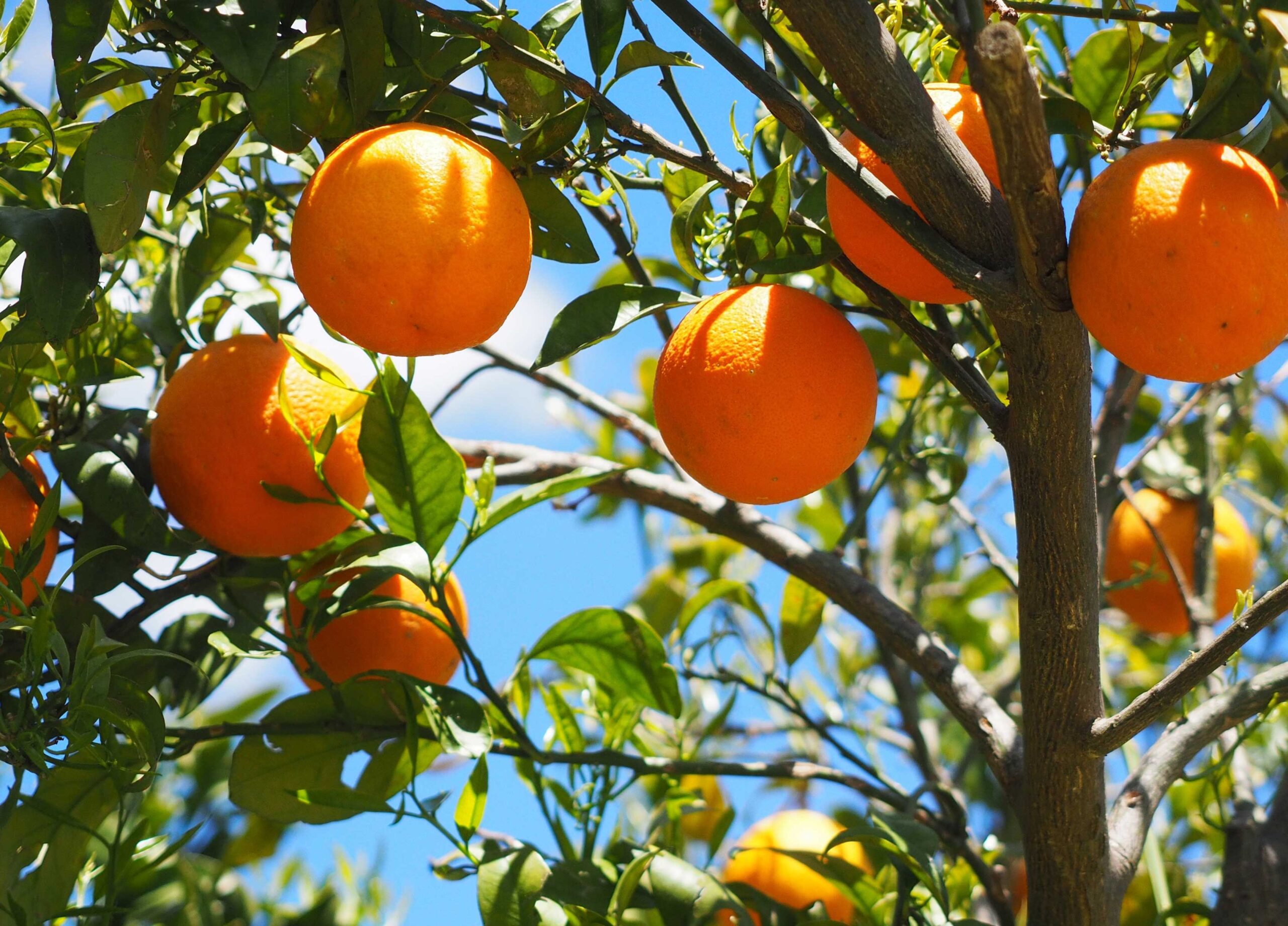Are We Seeing a Structural Shift In Orange Juice Production?

From climate change and disease, to declining production and uncertainties around tariffs and trade, the global orange juice sector is going through unprecedented upheaval, which will result in winners and losers for both growers and processors.
DECLINING ORANGE PRODUCTION
In November 2024 the World Citrus Organisation (WCO) published its first production forecast for the northern hemisphere, suggesting an 8.7% decrease in production for the 2024/25 season. In fact, the estimated 27.297 million tonnes of northern hemisphere production is almost 6% lower than the four-year average¹.
This trend was confirmed by the USDA in January 2025, who predicted that global orange production for the 2024/25 season is 45.2 million tonnes, down 662,000 tonnes on the previous year as ‘as higher production in Brazil is more than offset by lower crops in Egypt, Turkey, and the United States.’² Although a relatively small producer globally, the devastating floods seen in Valencia, Spain last autumn (which caused losses in the citrus sector valued at more than $200 million) could almost be a microcosm of the challenges facing the sector globally.
The positive for juice producers is that not only is Brazil’s crop forecast at 13 million tonnes (an increase of 700,000 tonnes) this year, but also a larger proportion of the crop will be used for processing. On the other hand, US production is forecast at just 2.2 million tonnes, the lowest level in 88 years and a 10% fall on 2023/24, most likely due to the devastating effect of Hurricane Milton in Florida, as well as longer-term issues like citrus greening.
CHANGING PRODUCTION DYNAMICS
Egyptian orange production is also forecast to fall this year due to unfavourable weather during flowering and fruit set, after years of steady increase, but the country is still the most important exporter of the fruit in the world.
While production in other countries such as South Africa, Mexico and China is set to remain fairly constant, Morocco and Australia are both up thanks to increased area, improved agronomy and favourable weather, helping to underline the global shift in production away from Brazil, the US and Mexico that has occurred in recent years.
Brazil will produce 1 million tonnes more juice this year due to higher fruit availability, while US orange juice production is forecast to fall 28% to a record low of just 80,000 tonnes.
CONTINUED CHALLENGES AHEAD
Rabobank suggests that citrus greening will continue to have an effect on output in key regions such as Brazil for the foreseeable future³, while global juice consumption has also declined considerably, partly in response to higher retail prices – something that has particularly affected premium brands and not from concentrate (NFC) products. A shortage of stock can also make it harder to obtain the required Brix levels, and poor-quality juice means consumers question why they should pay a premium over value propositions.
Due to shortages of fruit and high prices, manufacturers are having to adapt, although this is easier for smaller and pioneering companies. For major players, whose businesses are based around large volumes of orange juice, then maximising efficiency at every stage is no longer a ‘nice to do’, but essential. This includes minimising the amount of energy used to remelt, pasteurise or otherwise process their products.
ENERGY EFFICIENT PROCESSING
The HRS I Series offers options to de-pack and crush then melt frozen fruit juice ready for storage or further processing. The IC Series features a roller conveyor which feeds individual drums into a tipper that empties them into the crusher. Here, a specially designed spiked roller crushes the solid ice into an icy slush, which is then transferred to the IM Series re-melting device.
When it comes to energy efficient pasteurisation, both the HRS MI and MR Series of pasteurisers are suitable for the rapid pasteurisation required for premium juice production. By using a corrugated tube design the orange juice can be heated up to pasteurisation temperature much faster – typically by up to 30%. Because of the high heat transfer rates provided by the corrugated tube technique, HRS’s pasteurisation systems also use water at a lower temperature to reduce the risk of product damage. Another benefit is a smaller system footprint and a reduction in pressure drop, which saves pumping power and further reduces energy costs by as much as 40%.
HRS also offers an ohmic pasteurisation system which uses electricity to heat the product rapidly and uniformly, has been scientifically shown to be highly effective while maintaining flavours and quality. This system heats the juice to 105 °C within one second, where it is held at this temperature for four seconds and then cooled.
NOTES
2 https://www.fas.usda.gov/sites/default/files/2025-02/citrus.pdf
3 https://media.rabobank.com/m/790c11261be0badc/original/Global-Orange-Juice-Outlook-2024-25.pdf
